We’ll explore a practical approach to retrofitting your existing windows for energy efficiency and show you how it can save you money in the long run.
I was once faced with the daunting task of making my house more energy-efficient. The rising utility bills and the chilly drafts that seemed to seep through every nook and cranny of my home were becoming unbearable.
So, I decided to take matters into my own hands and research how to improve my home’s energy efficiency.
One of the first things that came up in my research was retrofitting existing windows for energy efficiency. At first, I was skeptical about this approach.
After all, replacing windows can be expensive and time-consuming. However, as I delved deeper into the topic, I realized that retrofitting existing windows is not only practical but also cost-effective.
In this blog post, I will share with you what I learned about retrofitting existing windows for energy efficiency. From understanding what retrofitting entails to exploring various options available in the market today – we will cover it all.
Energy Efficiency Basics
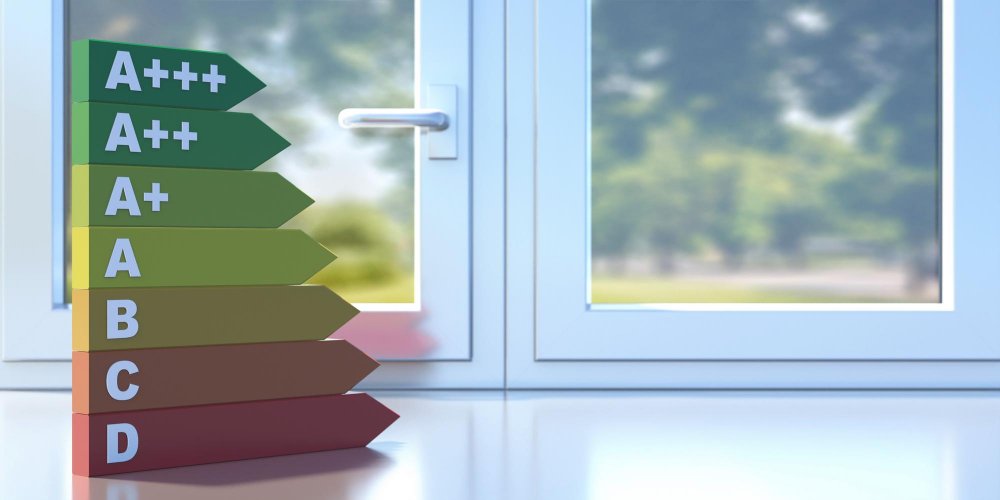
Before we dive into the specifics of retrofitting existing windows for energy efficiency, let’s first understand the basics of what energy efficiency means. In simple terms, it refers to using less energy to perform a task or achieve a desired outcome.
When it comes to our homes, improving energy efficiency can help reduce utility bills and minimize our carbon footprint.
As I mentioned earlier in my story, I was faced with rising utility bills and chilly drafts seeping through every nook and cranny of my home. These are common signs that your home is not as energy-efficient as it could be.
One way to address this issue is by retrofitting existing windows.
Retrofitting involves making modifications or upgrades to an existing structure or system in order to improve its performance without replacing it entirely. Retrofitting windows for improved insulation can significantly enhance their ability to keep heat inside during winter months while keeping cool air inside during summer months.
In the next section of this article, we will explore various options available today for retrofitting your existing windows for improved insulation and overall increased comfort within your home!
Window Retrofit Options
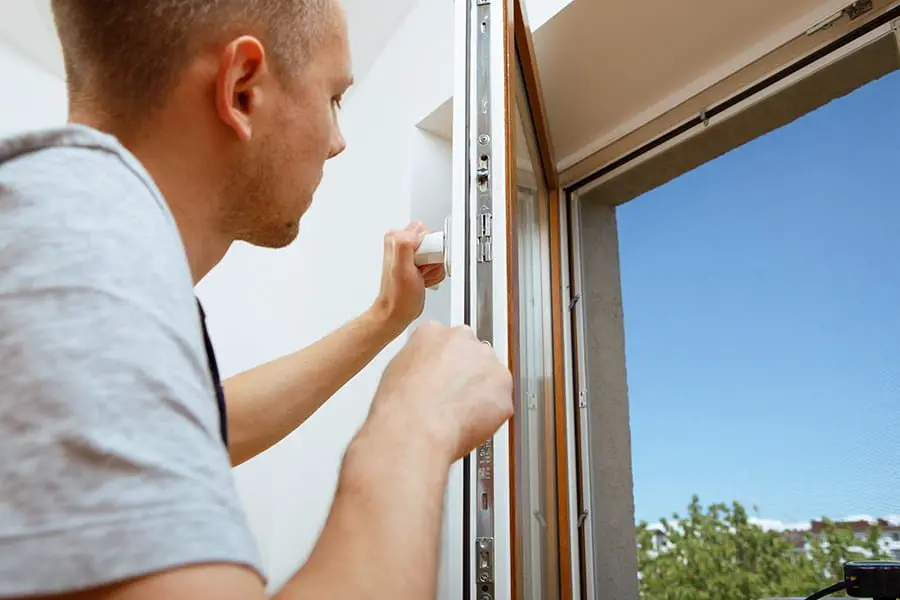
From simple DIY solutions to more complex professional installations, homeowners have a range of choices when it comes to retrofitting their existing windows for energy efficiency.
One option is weatherstripping. This involves sealing gaps and cracks around the window frame using materials such as foam tape or silicone caulk.
While this approach can be done by homeowners themselves, it may not provide significant energy savings compared to other methods.
Another option is adding storm windows or panels over existing windows. These secondary glazing systems create an insulating layer between the interior and exterior of your home, reducing heat loss during winter months and keeping your home cooler in summer months.
A third option is replacing just the glass panes with low-emissivity (low-e) glass which has a special coating that reflects heat back into your home while allowing natural light through without letting UV rays penetrate inside.
Ultimately, choosing which retrofit method works best for you will depend on factors such as budget constraints and personal preferences regarding aesthetics versus functionality.
Regardless of what method you choose though – one thing’s certain: retrofitting existing windows for energy efficiency can make a big difference in both comfort levels at home AND utility bills!
Insulation Techniques
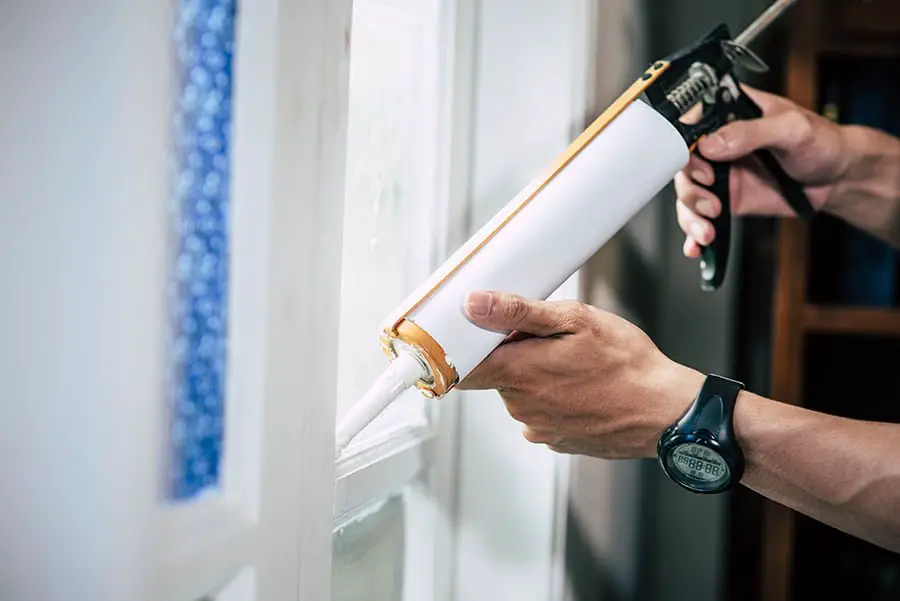
Now that we have established the importance of retrofitting existing windows for energy efficiency, let’s dive into some insulation techniques. One of the most popular methods is adding weatherstripping to your windows.
This involves sealing any gaps or cracks around your window frames with a material such as foam tape or silicone caulk.
Another effective technique is installing storm windows over your existing ones. These are essentially an extra layer of protection against drafts and heat loss and can be easily removed during warmer months.
If you’re looking for a more permanent solution, consider replacing single-pane glass with double-paned insulated glass units (IGUs). IGUs consist of two panes separated by an air gap filled with insulating gas like argon or krypton.
They provide excellent thermal performance while also reducing noise pollution from outside.
Several insulation techniques are available when it comes to retrofitting existing windows for energy efficiency. By implementing these strategies in combination with other measures like using curtains and blinds effectively, homeowners can significantly reduce their utility bills while enjoying a more comfortable living space all year round!
Weatherstripping Solutions
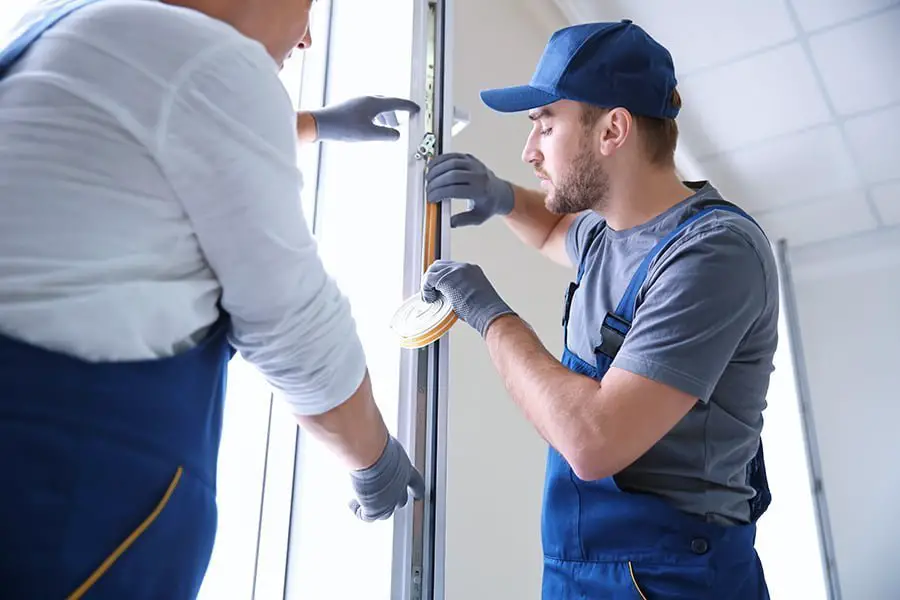
Weatherstripping involves sealing gaps around your windows to prevent air leaks and improve energy efficiency.
There are several types of weatherstripping materials available in the market today, including foam tape, V-strip, felt strips, door sweeps among others. Each material has its own unique properties and benefits depending on your specific needs.
I decided to go with a combination of V-strip and foam tape for my window retrofitting project. The V-strips were perfect for sealing gaps between moving parts such as sashes while the foam tapes worked well on stationary parts like frames.
The installation process was straightforward – all I had to do was measure each gap carefully before cutting the appropriate length of weatherstrip material. Then I applied it firmly along each gap using an adhesive backing or nails where necessary.
After completing this simple DIY project over a weekend afternoon (with some help from family), we noticed an immediate difference in our home’s temperature regulation! No more chilly drafts seeping through every nook and cranny!
Retrofitting existing windows with weatherstripping solutions is not only practical but also cost-effective when compared to replacing entire window units altogether!
Glazing Upgrades
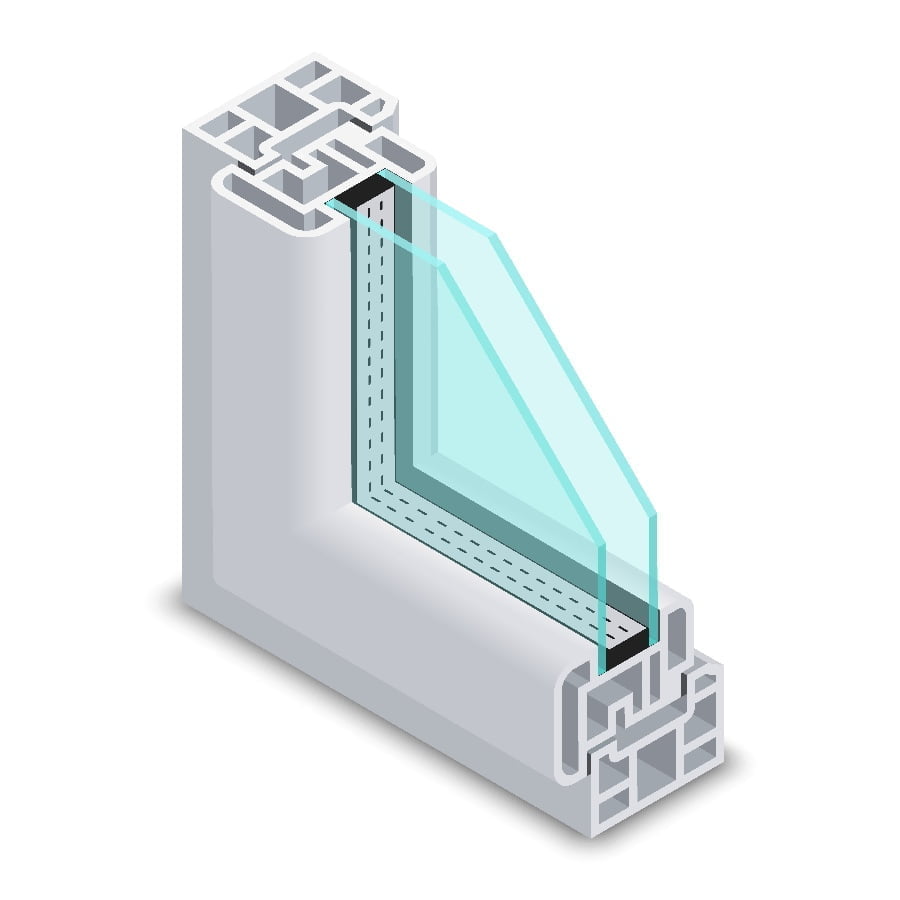
Glazing refers to the glass panes in a window, and upgrading them can significantly improve your home’s insulation.
There are several options available when it comes to glazing upgrades. One popular option is double-glazed windows, which consist of two panes of glass with an insulating layer between them.
This type of upgrade can reduce heat loss by up to 50%, making it a cost-effective solution in the long run.
Another option is low-emissivity (low-e) coatings on window glass. These coatings reflect heat back into your home during winter months while keeping out unwanted solar radiation during summer months.
As someone who was once skeptical about retrofitting my existing windows for energy efficiency, I am now convinced that this practical approach not only saves money but also helps reduce our carbon footprint on the environment. So if you’re looking for ways to make your home more energy-efficient without breaking the bank or sacrificing comfort – consider upgrading your window glazings!
Draft Sealing Methods
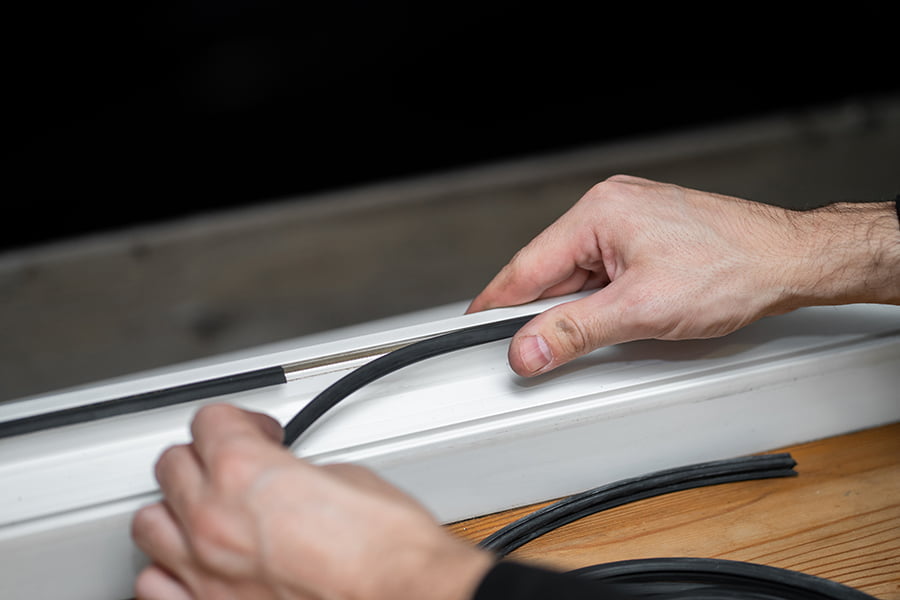
Drafts are a common problem in older homes and can cause significant heat loss during colder months.
By sealing drafts around your windows, you can reduce energy consumption and save money on utility bills.
Several draft-sealing methods are available in the market today, including weatherstripping, caulking, and window film insulation. Weatherstripping involves applying adhesive strips around the edges of your window frames to create an airtight seal when closed.
Caulking involves filling gaps between your window frames with silicone or acrylic caulk to prevent air leaks.
Window film insulation is another popular option that works by creating an additional layer of insulation over your existing windows using plastic sheets or films attached with double-sided tape.
In my experience as a homeowner who has tried all these methods at some point, each method has pros and cons depending on factors such as cost-effectiveness, ease-of-installation & durability.
However, regardless of which method you choose for draft-sealing, it’s important to ensure proper installation techniques so that they work effectively without causing any damage or compromising safety standards.
Smart Window Technologies
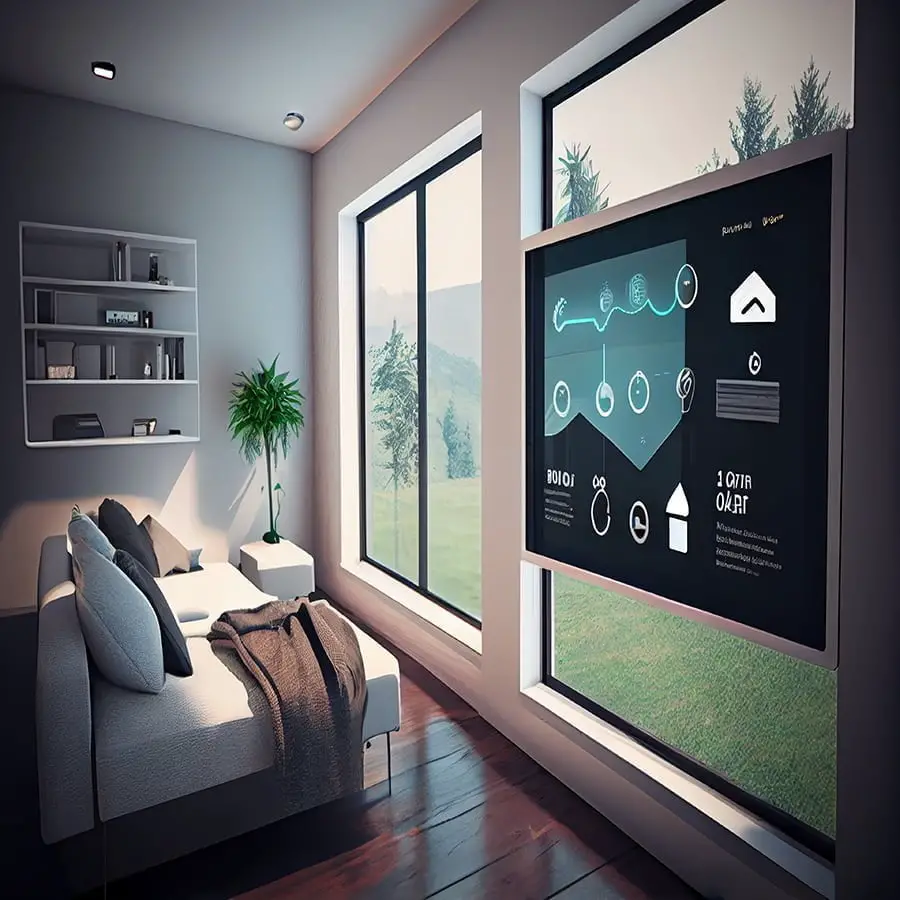
These innovative solutions allow homeowners to control the amount of light and heat that enters their homes through their windows.
Smart window technologies include electrochromic glass, suspended particle devices (SPD), and liquid crystal displays (LCD). Electrochromic glass can change its tint based on an electrical charge applied to it.
SPDs use tiny particles suspended within the glass to adjust its opacity when exposed to electricity. LCDs work similarly but use liquid crystals instead of particles.
These smart window technologies offer several benefits beyond energy efficiency. They can enhance privacy by allowing you to switch from transparent mode to opaque mode with just a touch of a button or voice command if integrated with your home automation system like Alexa or Google Home Assistant.
While these advanced solutions may seem expensive at first glance, they are becoming more affordable as demand grows and production costs decrease over time.
Retrofitting existing windows for energy efficiency is not only practical but also offers exciting opportunities for homeowners who want greater control over their indoor environment while reducing energy consumption at the same time!
Related Stories
- Energy-efficient Windows for Historic Homes: Preserving Charm and Efficiency
- Insulated Windows for Energy Conservation: A Homeowner’s Guide
- Drafty Windows and Energy Loss Solutions: Seal the Deal On Efficiency
- Addressing Air Leakage in Energy-efficient Windows: Sealing the Gaps
- Energy-efficient Window Upgrades: Boosting Your Home’s Performance
Recap
